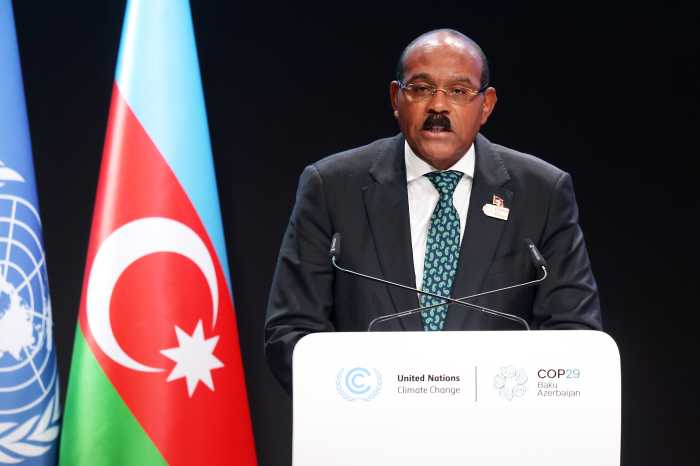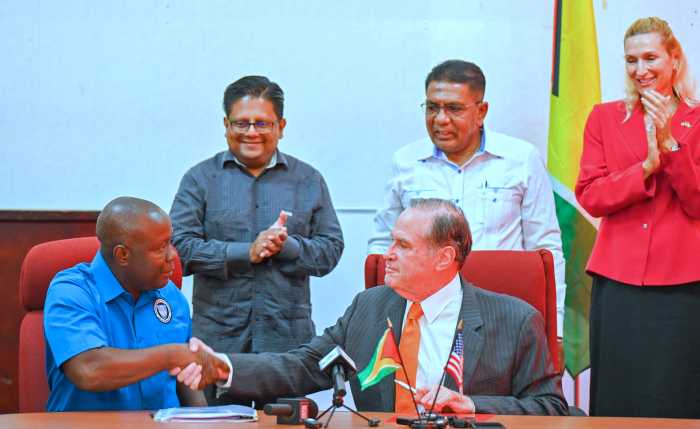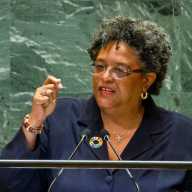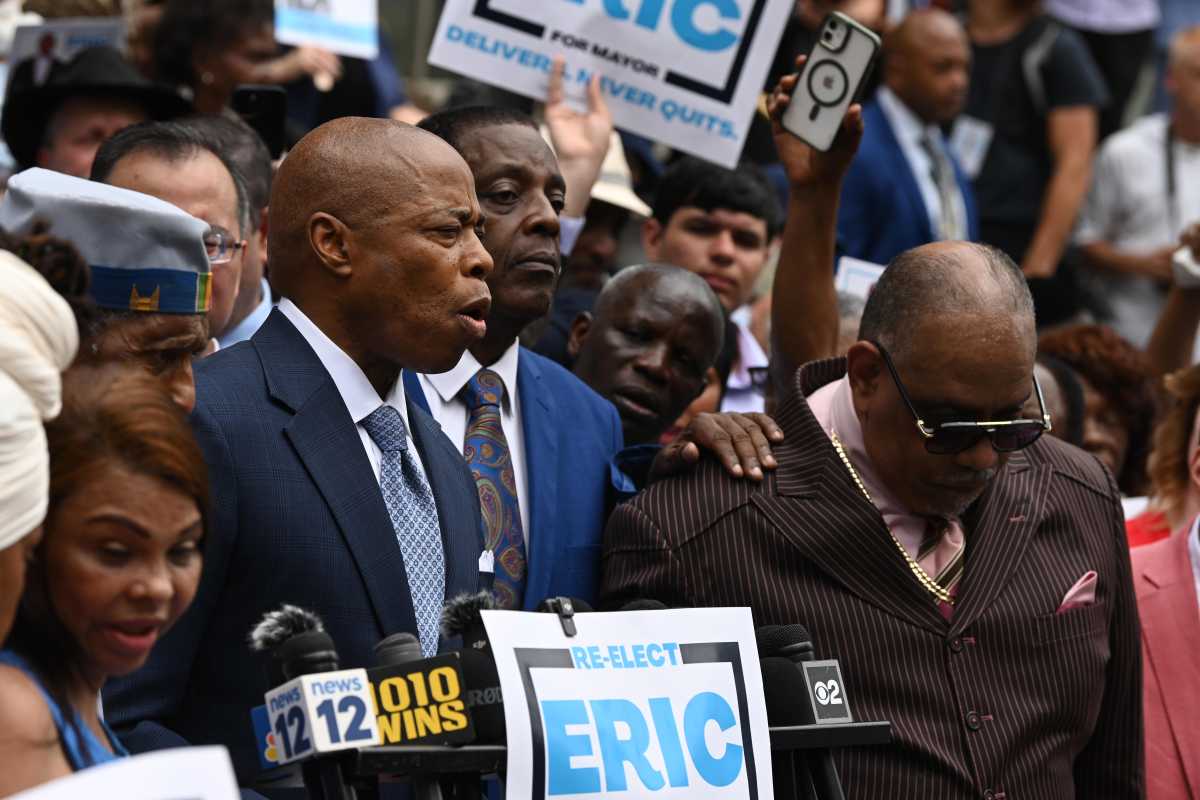The annual U.S. State Department narcotics report on Guyana for the past year told Guyanese what they already know: that pro-government drug dons operate openly and with impunity, and that no real effort is being made by authorities to resource state arms responsible for eradicating the scourge.
The 2010 U.S. State Department Inter-national Narcotics Control Strategy Report (INCSR) reinforced the widespread belief that the nation on South America’s northeast coast — which houses the headquarters of the Caribbean Community (CARICOM) secretatriat, remains a transshipment point for drugs produced in the mainland and headed to the streets of Europe and North America.
The report that government usually takes to task as mean and unfair, also said that authorities do little to “identify and confront” major drug traffickers and their organizations as they operate freely in the city, townships and the interior.
Bribes and coercion are the order of the day in the country the report said, even as National Security Minister Clement Rohee described the compilation as “downright deceptive and misleading.”
As if to prove its case that no harm can confront a major don in Guyana, it pointed to the arrest and convictions of several major players from the country jailed or censured by the American justice system, rather than by Guyanese courts.
Opposition parties in an out of the single-Caribbean trade bloc headquarters chamber, 65-seat parliament, rights groups and local media have echoed similar sentiments for more than a decade, particularly in the last 12 years during the administration of President Bharrat Jagdeo. Jagdeo’s is ineligible to contest general elections due in the summer.
“Government counternarcotics efforts remain hindered by inadequate resources for, and poor coordination among law enforcement agencies, an overburdened and inefficient judiciary; and the lack of a coherent and prioritized national security strategy. Murders, kidnappings, and other violent crimes commonly believed to be linked with narcotics trafficking are regularly reported in the Guyanese media.”
The report did not go into great detail on the lack of resources but critics, ex-army officers in particular and major opposition parties, have pointed to superior equipment available to the military and police in the ‘70s and ‘80s when the trafficking problem was just a fledgling issue, way below today’s level.
Back then the Guyana Defense Force had at least eight helicopters, at least a similar number of aircraft to patrol air, land and sea, and more than twice the number of soldiers on its payroll.
Today, only one of three choppers is operable, and only one Chinese-built aircraft is serviceable.
This has reinforced the belief among critics that the Jagdeo administration has done more to create an enabling environment than any in the country’s history. Comingling involving known drug dealers, money launderers and officials at the highest levels, is common knowledge to the ordinary man.
Yet Minister Rohee says that this is not so, because stringent efforts have been made to tackle trafficking.
He described the missive as containing the “usual and few grudging plaudits sprinkled here and there in the text of the document,” pointing to improvements at CANU, the special anti drugs unit and greater collaboration among state agencies.


























